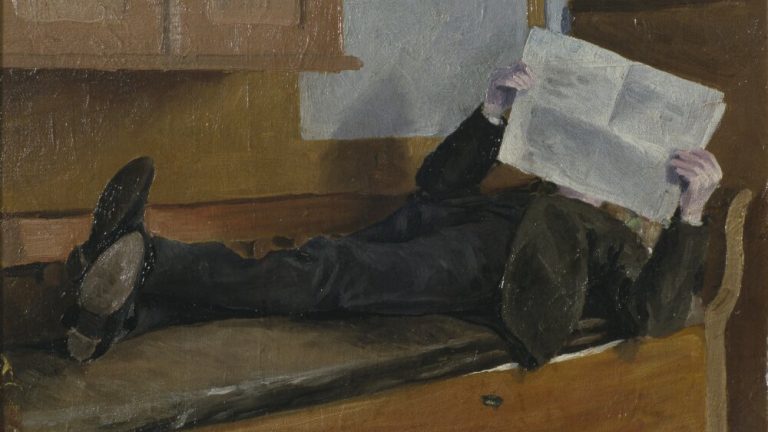Over 20 academics have criticised the University of Oxford for its use of reporting restrictions in ongoing lawsuits, according to a document seen by Cherwell. They are submitting a motion to Congregation calling for an end to the University’s use of anonymity orders and restricted reporting orders (RROs) in legal cases.
The University’s leadership has faced scrutiny for a lack of transparency in these proceedings with members of the Congregation, and particularly for acting against principles of “freedom of speech, freedom of expression, and academic freedom”. Congregation is the governing body of the University, composed primarily of academic staff.
The 22 signatories of the motion argue that by concealing legal proceedings through the use of these orders, “Congregation is not given a chance to be well informed enough to perform its function of ‘sovereign body’”. The signatories believe that since the University “acts in [their] name” in court, they “need to be able to find out about the University’s involvement in legal actions”.
Anonymity order and RROs are legal orders that essentially prohibit the discussion or publication of the identity of individuals or organisations involved in legal proceedings.
Motion to Congregation
The motion seen by Cherwell asks the University to “refrain from applying for anonymity or restricted reporting orders in legal proceedings”, and also requested that it “withdraw any such orders it has applied for or has been granted in current legal actions”.
Citing the University Statute XII, the signatories said that the University’s use of those legal orders amounts to “institutional censorship”, given that it does not allow them to “question and test received wisdom and to put forward…their opinions about the University”.
Statute XII also states that “members of the academic staff have freedom within the law” to raise those questions and opinions “without placing themselves in jeopardy of losing their jobs or privileges”. Signatories of the motion prefer to remain anonymous at this stage.
The motion seen by Cherwell expresses regret that the University is “undermining open justice” instead of “supporting” it, and states that the institution “should not be in the business of covering up truth”.
An anonymous signatory of the motion exclusively told Cherwell: “One element that is supposed to make Oxford special is that it’s intended to be run by academics, but Wellington Square has taken over, running things in the dark, spending our money in questionable and avoidable lawsuits, and silencing people in our name and without our consent.
“They’ve gone too far. They’ve betrayed our trust, sullying our reputation with their mismanagement of these cases. They’ve gotten away with it so far because they weaponise the law to hide their legal actions. It’s time for academics to take charge of the decisions that matter the most.”
Senior University figures
Cherwell understands that there have been concerns raised regarding senior University figures’ approach to transparency in the context of legal proceedings, and particularly concerning the Chancellor William Hague and the Vice-Chancellor Irene Tracey.
A source with knowledge of the matter told Cherwell: “The Chancellor and the Vice-Chancellor have serious questions to answer about the type of university they are running, whether it is one that protects its own students and staff, or its reputation.”
They added that “Bloomberg’s investigation, and subsequent reporting, uncovered what for many has been a pervasive culture of silence and intimidation. The University must act now to bring itself into the 21st century, and if it doesn’t, then it needs to be made clear why not”.
The motion seen by Cherwell stated that “it would be improper of the University of Oxford to be applying for anonymity or restricted reporting orders in private while our leaders defend freedom of speech in public”, referring to recent press appearances by the Chancellor and Vice-Chancellor defending freedom of speech.
Patterns of censorship
This issue was raised earlier this term in the Oxford Magazine, when the editors expressed regret that much “is hidden from most [academics] in the way our university operates”, and argued that the University has a “requirement” to promote “transparency” and “free speech”.
The Oxford Magazine is an independent paper edited by members of the University, but not an official publication. It has been at the centre of many controversial discussions at the University since its founding in 1883, and a proposed retirement policy was ruled as discriminatory by a tribunal in January 2020. In December 2020, the University stopped funding the print edition of the magazine, and ended all IT and personnel support for the publication two years later.
The motion put forward by the 22 academics also cited concerns over a “trend towards secrecy in UK courts, with the press reporting on powerful institutions, including universities, seeking and being granted anonymity in legal proceedings”.
The University of Oxford did not respond to Cherwell’s request for comment.











